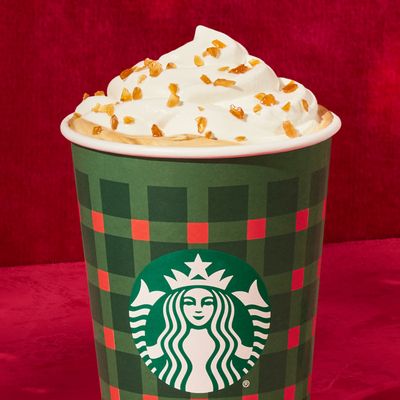
6
Starbucks
Starbucks

Starbucks’ Blonde Espresso Won’t Win Over Coffee Snobs | Eater
"The global coffee chain introduced a 'blonde espresso' to menus in January (building on a blonde roast added in 2012) as a lighter-roast alternative aimed at specialty-minded drinkers, but a personal taste test found the blonde shot short, thin and bitter rather than complex or revolutionary. Over decades the brand turned coffee into an accessible, commoditized product—popularizing easy-to-drink, often sweet beverages like the caramel macchiato and viral items such as the Unicorn Frappuccino—while incrementally courting third-wave trends with moves like Reserve counters (started in 2015), the flat white, and in-store Reserve bars. These Reserve spaces, with expensive espresso gear, pour-over rigs and a lone skilled barista, often feel like a veneer of high-end craft (for example, a hidden Reserve area serving a $5 Guatemala brewed on a Clover machine next to the main store’s button-operated drinks), signaling prestige more than a full commitment to specialty expertise. The overall strategy reads as creating simulacra of specialty coffee to capture customers who want to seem discerning without paying for or entering the rarified world of true craft coffee." - Cale Weissman


























